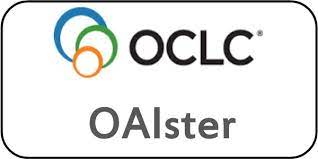A Review of Diabetic Foot Osteomyelitis: Focus on Diagnosis, Clinical Presentation, Management and Outcomes
DOI:
https://doi.org/10.59793/ijcp.v34i3.767Keywords:
Diabetic foot, osteomyelitis,, foot ulcer,, surgery,, biofilms,, anti-infective agents,, localAbstract
Diabetic foot osteomyelitis (DFO) affects around 38.5 lakh patients in India. It is diagnosed using clinical and radiological
approaches. Polymicrobial etiology, peripheral artery disease (PAD) and peripheral neuropathy are commonly observed. A
high degree of clinical vigil is required to avoid underestimation of the extent of damage due to speed and spread of infection
and prevent chances of lower extremity amputation. ‘Time is Tissue’ (time taken to access multidisciplinary care) aptly
represents one of the critical factors affecting outcomes, along with anatomical location and presence of gangrenous tissues.
Traditionally, DFO treatment is the most complex and controversial aspect of managing diabetic foot infections (DFIs). The
therapeutic paradigm has evolved from high-level surgical resection of all necrotic and infected bone to the more refined and
individualized surgical interventions along with appropriate antibiotics and topical antimicrobials. It is necessary to have a
surgeon available with diabetic foot expertise. The surgical outcome is facilitated with strict off-loading, wound management,
agitation (freshening and scrapping of wound edges), biofilm disruption and negative pressure wound therapy (NPWT) to
accelerate healing. Formal protocol-driven treatment can be provided by a multidisciplinary team involving surgical, medical
and podiatric specialties to reduce hospital stay and the need for repeat debridement.This review aims to present a complete
overview of the diagnosis, clinical presentation, management and outcomes of DFO according to scientific recommendations
and our experience, along with few illustrative case reports.
Downloads
Published
Issue
Section
License
All open access articles published in IJCP are distributed under the terms of the CC BY-NC 4.0 license (Creative Commons Attribution-Non-Commercial 4.0 International Public License). This license permits unrestricted use, distribution, and reproduction of the articles in any medium for non-commercial purposes, provided that: The original authorship is properly and fully attributed. The IJCP is cited as the original place of publication with correct citation details. If an original work is reproduced or disseminated in part or as a derivative work, this must be clearly indicated. No articles are reproduced for commercial use without prior consent from the IJCP. All licensing requests and permissions for commercial use will be managed by the Publisher.














